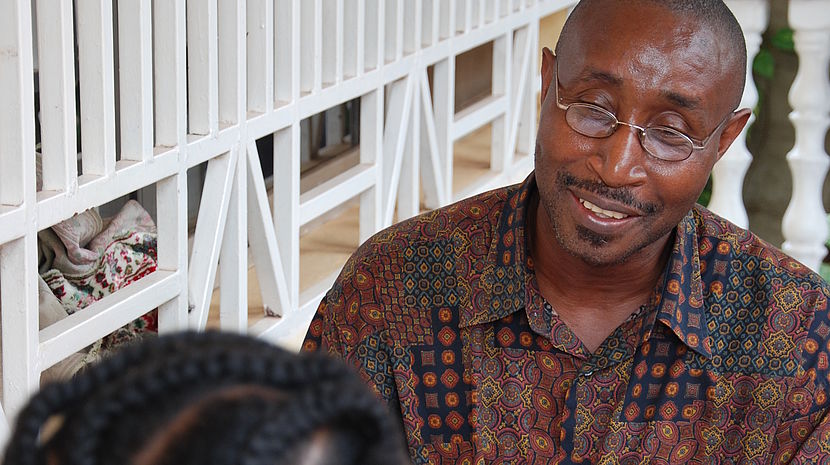Rapid Assessment of Avoidable Blindness Training

©CBM
The RAAB protocol training was held from the 22nd to the 26th of February 2016 in Mutare. (RAAB) research, is a rapid methodology to conduct a population based survey of visual impairment and eye care services among people aged 50 years and over. There is need for such research to be done not only in Zimbabwe but in sub-Saharan Africa as a whole. There was no data in Zimbabwe on the use of cataract services including surgical coverage and the outcome of performed cataract surgery both which are useful for planning and providing appropriate benchmarks to measure progress toward VISION 2020 goals.
Rapid Assessment of Avoidable Blindness Training
The Rapid Assessment of Avoidable Blindness (RAAB) research, which is a rapid methodology to conduct a population based survey of visual impairment and eye care services among people aged 50 years and over, was recently conducted in the Manicaland Province of Zimbabwe and was the first of its kind in the country. There is need for such research to be done not only in Zimbabwe but in sub-Saharan Africa as a whole, as the data which currently exists is outdated and affects eye care planning. The RAAB is therefore an invaluable tool in collecting accurate and up to date data on the prevalence and causes of avoidable blindness. Furthermore, before the RAAB, there was no data in Zimbabwe on the use of cataract services including surgical coverage and the outcome of performed cataract surgery both which are useful for planning and providing appropriate benchmarks to measure progress toward VISION 2020 goals.
In order to facilitate the successful implementation of the RAAB the pre-research RAAB protocol training and the selection of teams to conduct the research was instrumental and essential prerequisite for those who may wish to do similar research in the future. The RAAB protocol training was held from the 22nd to the 26th of February 2016 in Mutare
(Manicaland Province) and was facilitated by consultants from the University of Cape Town’s Community Eye Health Institute (UCT/CEHI). The five day training prepared the teams for data collection, essential in conducting research of this kind. Twenty four participants, mainly Ophthalmic Nurses and two Ophthalmologists attended the training after which four teams of three (Examiner, Assistant, Cluster Informer) were selected from the group and went through the Inter Observer Variability (IOV) test which assessed visual acuity, lens status, pin hole vision and causes of impairment. The inter-observer variation of each team was matched and had to achieve a pass rate of at least 60% before proceeding with data collection. The findings from the teams were compared against the findings of an experienced team of Ophthalmologists who were set as the gold standard.